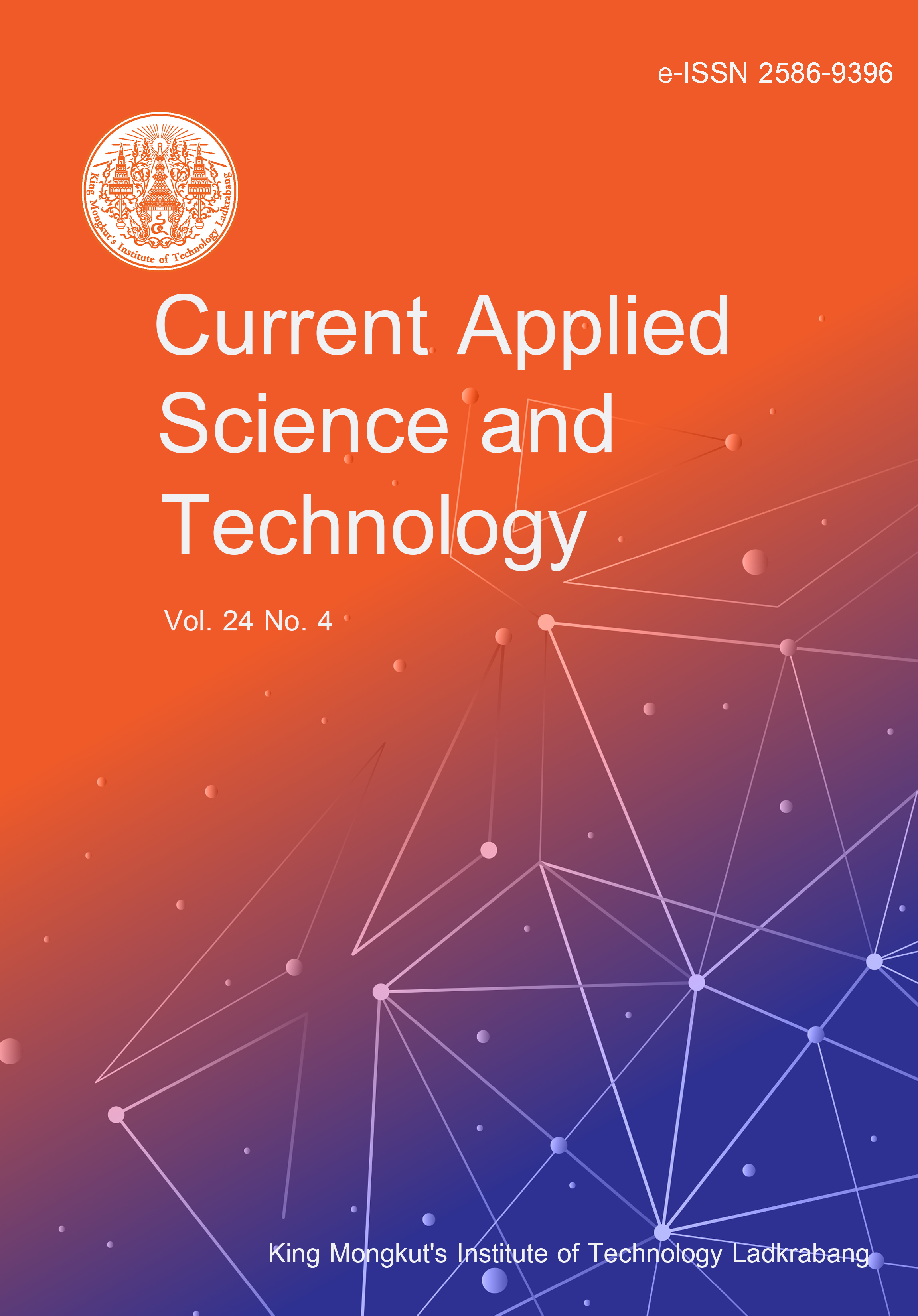Oil palm is generally cultivated on tropical soils that have low levels of chemical fertility and various physical fertility. Environmental factors, genetics, and cultivation techniques generally influence oil palm productivity. This study aimed to obtain a model of oil palm growth and phosphorus (P) uptake in the main nursery. The oil palm growth model was carried out through literature studies and field trials. The trial was conducted at Leuwikopo Trial Farm (Bogor Agricultural Institute) IPB University from May 2021-January 2022. The experiment was designed using a non-factorial randomized block design with five replications. The experiment consisted of one treatment with five levels of P fertilization: P0 = no fertilizer; P1 = 50% standard fertilization; P2 = 100% standard fertilization; P3 = 150% standard fertilization; and P4 = 200% standard fertilization. The fertilizer dose of 100% using the standard fertilization for oil palm of the Damimas variety was 28 g P seedling-1. This study concluded that the model of oil palm nutrient P uptake for the main nursery was able to simulate oil palm nutrient uptake as shown by actual measurements (observations in the field). The dry weight simulation results fell within the range of standard deviation values for average measurements in the field. The nutrient uptake simulation model is thus a valid tool for planning the optimal fertilization of oil palm seedlings in the main nursery.
Manurung, A. undefined. N. H. ., Suwarto, , Yahya, S. ., & Nugroho, B. . (2024). Phosphorus Uptake Model of Oil Palm Seedlings in the Main Nursery. CURRENT APPLIED SCIENCE AND TECHNOLOGY, e0257604. https://doi.org/10.55003/cast.2024.257604

